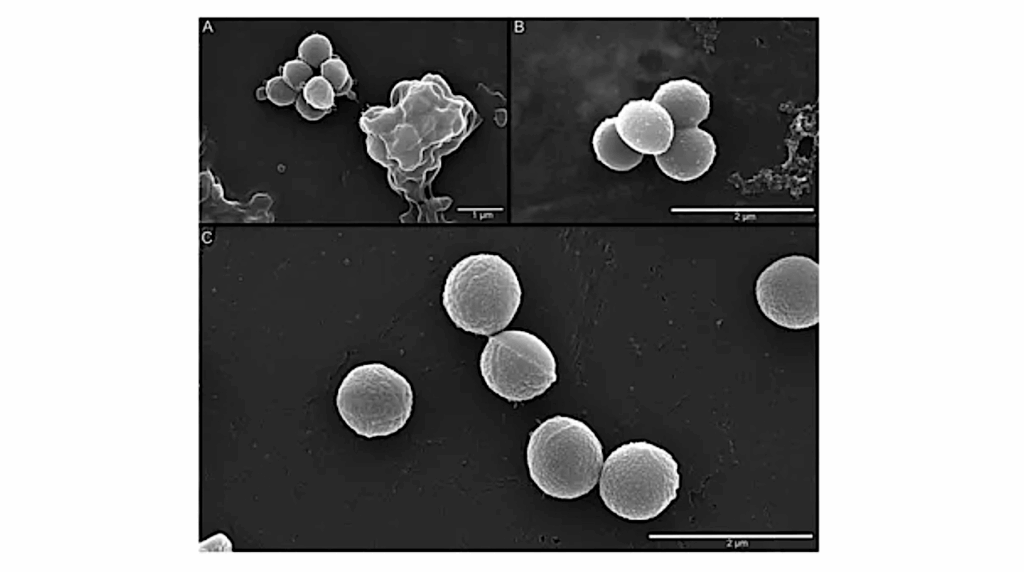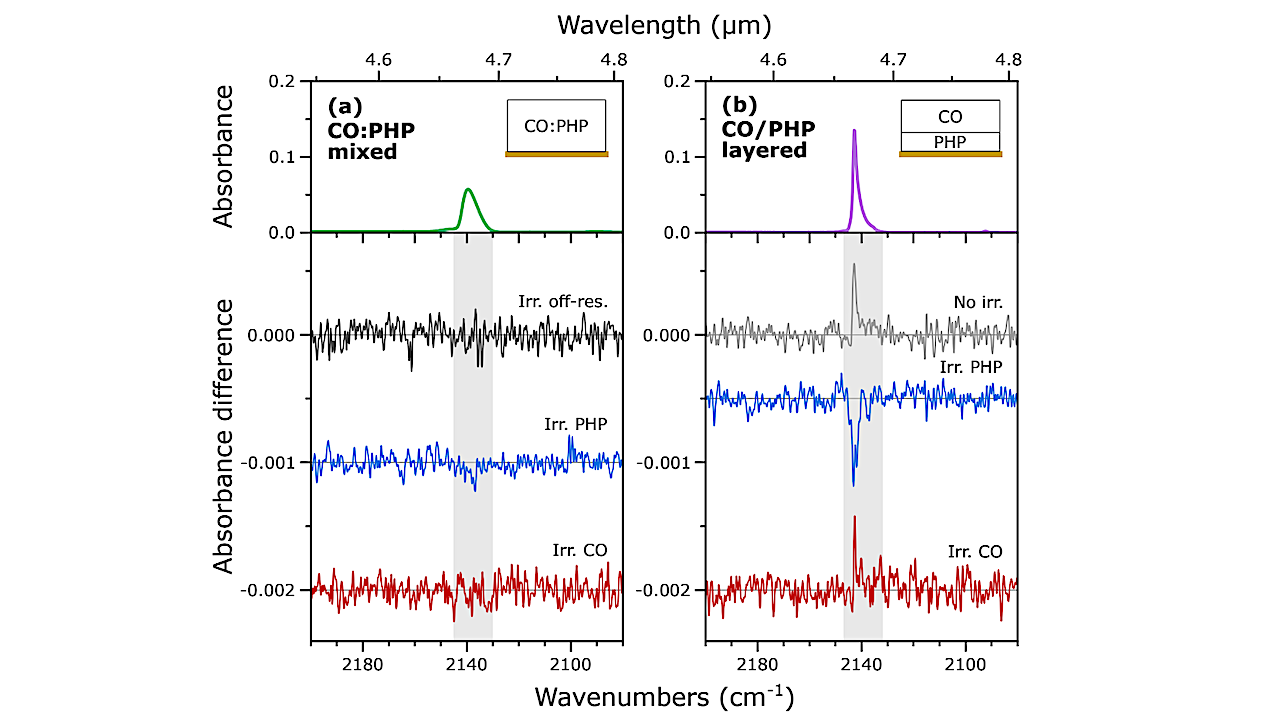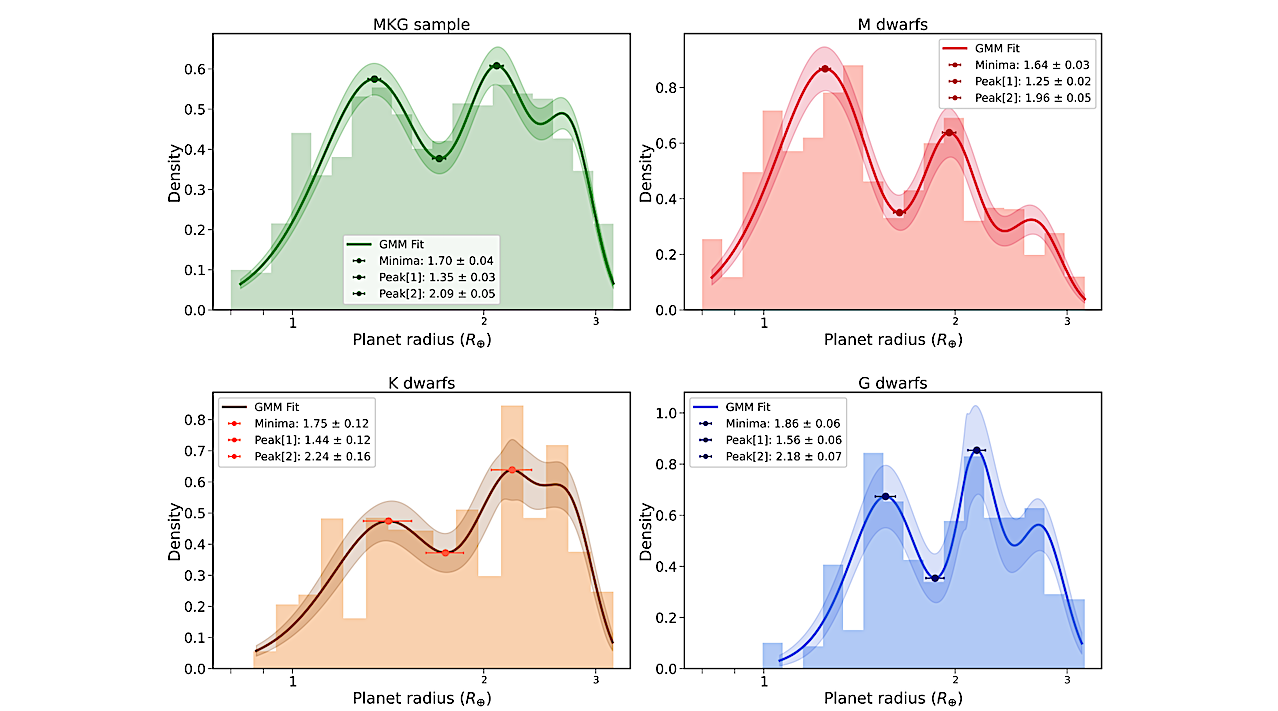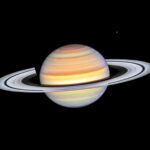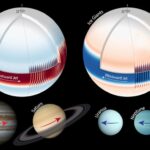Now Reading: A Comprehensive Study On Radial Velocity Signals Using ESPRESSO: Pushing Precision To The 10 cm/s Level
-
01
A Comprehensive Study On Radial Velocity Signals Using ESPRESSO: Pushing Precision To The 10 cm/s Level
A Comprehensive Study On Radial Velocity Signals Using ESPRESSO: Pushing Precision To The 10 cm/s Level

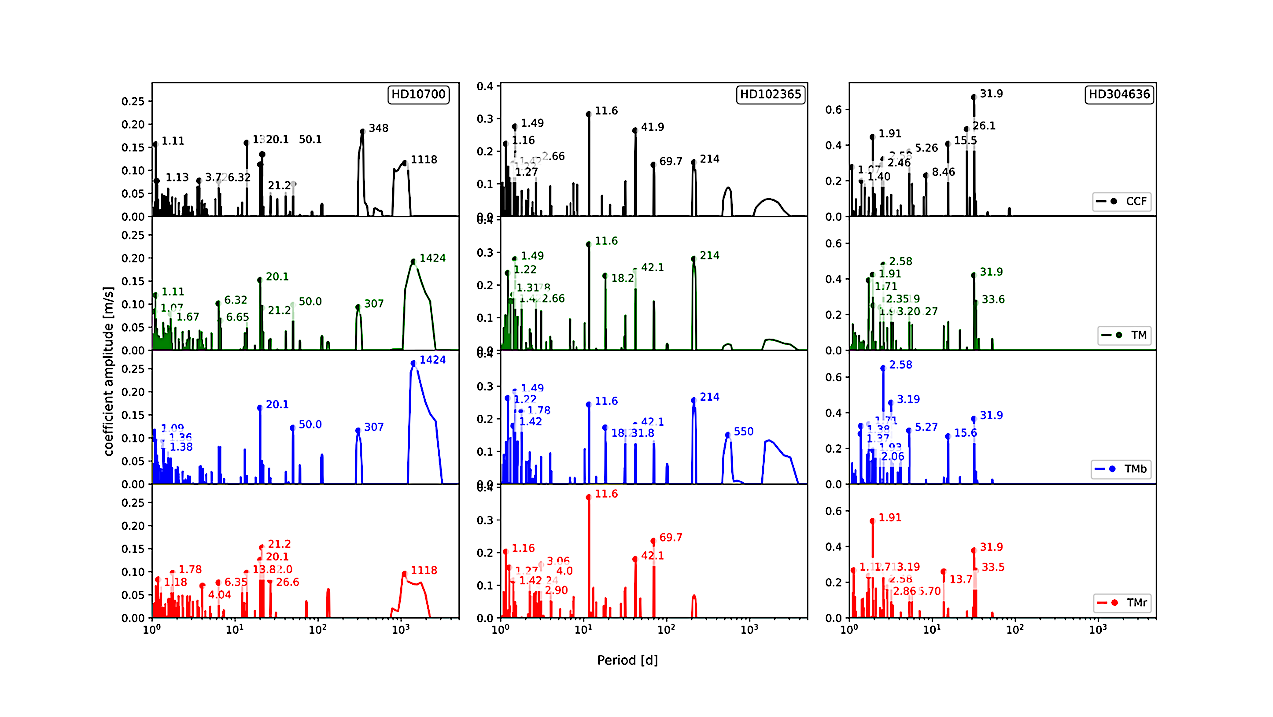
ℓ1 periodogram for the stars HD 10700 (left), HD 102365 (centre), and HD 304636 (right). The ten strongest peaks periods are identified in the image; the associated FAP is listed in Table F. — astro-ph.EP
We analyse ESPRESSO data for the stars HD10700, HD20794, HD102365, and HD304636 acquired via its Guaranteed Time Observations (GTO) programme. We characterise the stars’ radial velocity (RV) signals down to a precision of 10 cm/s on timescales ranging from minutes to planetary periods falling within the host’s habitable zone (HZ).
We study the RV signature of pulsation, granulation, and stellar activity, inferring the potential presence of planets around these stars. Thus, we outline the population of planets that while undetectable remain compatible with the available data.
A simple model of stellar pulsations successfully reproduced the intra-night RV scatter of HD10700 down to a few cm/s. For HD102365 and HD20794, an additional source of scatter at the level of several 10 cm/s remains necessary to explain the data.
A kima analysis was used to evaluate the number of planets supported by the nightly averaged time series of each of HD10700, HD102365, and HD304636, under the assumption that a quasi-periodic Gaussian process (GP) regression is able to model the activity signal.
While a frequency analysis of HD10700 RVs is able to identify a periodic signal at 20d, when it is modelled along with the activity signal the signal is formally non-significant. ESPRESSO data on their own do not provide conclusive evidence for the existence of planets around these three stars.
ESPRESSO is shown to reach an on-sky RV precision of better than 10 cm/s on short timescales (<1h) and of 40 cm/s over 3.5 yr. A subdivision of the datasets showcases a precision reaching 20-30 cm/s over one year. These results impose stringent constraints on the impact of granulation mechanisms on RV.
In spite of no detections, our analysis of HD10700 RVs demonstrates a sensitivity to planets with a mass of 1.7M⊕ for periods of up to 100 d, and a mass of 2-5M⊕ for the star’s HZ. (abridged)
P. Figueira, J. P. Faria, A. M. Silva, A. Castro-González, J. Gomes da Silva, S. G. Sousa, D. Bossini, M. R. Zapatero-Osorio, O. Balsalobre-Ruza, J. Lillo-Box, H. M. Tabernero, V. Adibekyan, R. Allart, S. Benatti, F. Bouchy, A. Cabral, S. Cristiani, X. Dumusque, J. I. González-Hernández, N. Hara, G. Lo Curto, C. Lovis, A. Mehner, P. Molaro, F. Pepe, N. C. Santos, D. Ségransan, D. Sosnowska, R. Rebolo, A. Suárez Mascareño, A. Sozzetti, S. Udry, B. Wehbe
Comments: 30 pages, 18 figures, accepted for publication in A&A
Subjects: Earth and Planetary Astrophysics (astro-ph.EP); Instrumentation and Methods for Astrophysics (astro-ph.IM); Solar and Stellar Astrophysics (astro-ph.SR)
Cite as: arXiv:2507.07514 [astro-ph.EP] (or arXiv:2507.07514v1 [astro-ph.EP] for this version)
https://doi.org/10.48550/arXiv.2507.07514
Focus to learn more
Submission history
From: Pedro Figueira
[v1] Thu, 10 Jul 2025 08:01:59 UTC (4,068 KB)
https://arxiv.org/abs/2507.07514
Astrobiology,
Stay Informed With the Latest & Most Important News
Previous Post
Next Post
-
 012024 in Review: Highlights from NASA in Silicon Valley
012024 in Review: Highlights from NASA in Silicon Valley -
 02Panasonic Leica Summilux DG 15mm f/1.7 ASPH review
02Panasonic Leica Summilux DG 15mm f/1.7 ASPH review -
 03How New NASA, India Earth Satellite NISAR Will See Earth
03How New NASA, India Earth Satellite NISAR Will See Earth -
 04And Thus Begins A New Year For Life On Earth
04And Thus Begins A New Year For Life On Earth -
 05Astronomy Activation Ambassadors: A New Era
05Astronomy Activation Ambassadors: A New Era -
06SpaceX launch surge helps set new global launch record in 2024
-
 07Space Force plans new ‘Futures Command’ amid pressure to speed up modernization
07Space Force plans new ‘Futures Command’ amid pressure to speed up modernization













